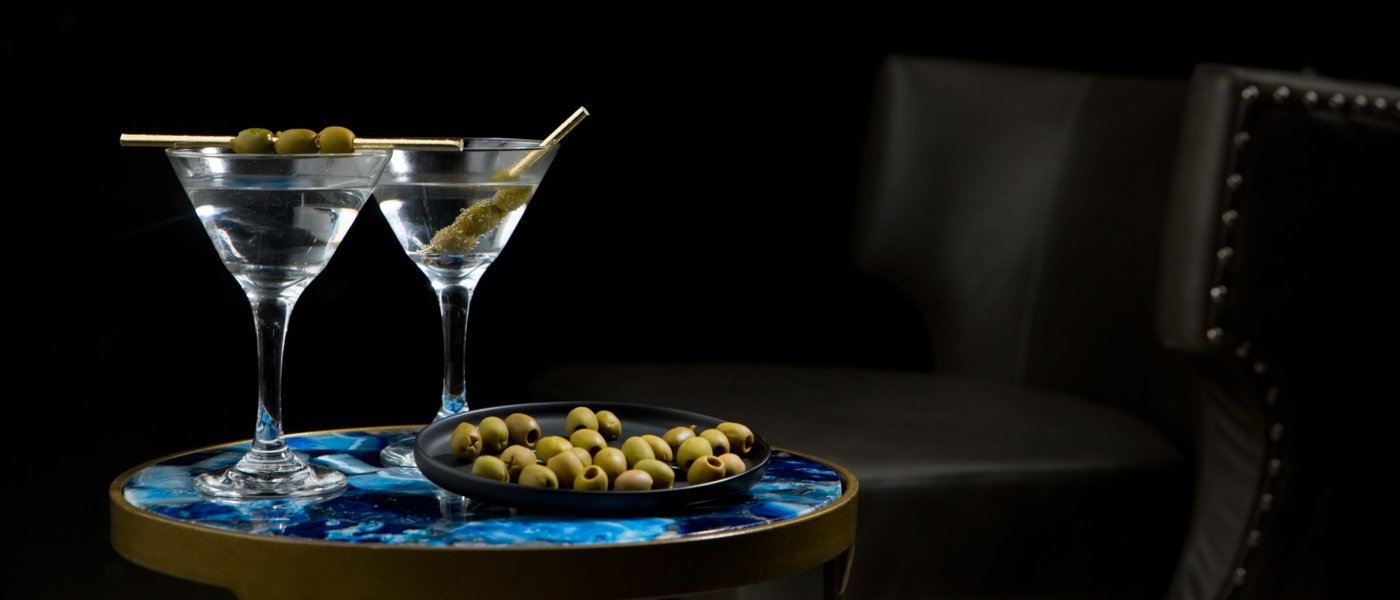In a world where people are becoming more discerning, and global travelers are learning more about wine and spirits, Martini remains something of a mystery to many. This category of aromatized wine is often misunderstood, and few ever get the opportunity to delve further into its exciting flavor profiles and captivating past.
To the masses, vermouth is simply something you put in a Vodka Martini. But our cultured tasting tours will show that there is so much more to Martini than the eponymous cocktail. There’s a whole new dimension of drinks to be explored for the first-time vermouth drinker.
Vermouths are primarily produced in Italy or France, and although enjoyed across the globe, there’s not much out there in terms of education. If you would like to find out more about the art of blending vermouth, join us as we journey across beautiful lands and meet the Master Blenders responsible for making the Martini range. A skill trusted to only a select few and passed down from master to master through the generations, a Master Blender is required to have years of training.
Book your tour with Wine Paths and you’ll be able to meet the experts, train your nose, and delight your taste buds with the perfect mix of Martini and gastronomy. We aim to create unforgettable holidays and can customize experiences to suit you.
All about Martini
Martini vermouth is produced by starting with a base of neutral grape wine or unfermented wine. Several wine grapes, including Clairette blanche, Piquepoul, Bianchetta Trevigiana, Catarratto and Trebbiano, are generally used to get a low-alcohol wine that is aged for a short period before adding other ingredients.
Technically, vermouth isn’t a spirit, but a fortified wine. It is a flavored, aromatized wine with an ABV boost and a variety of spices and botanicals added in. Most vermouths are bottled at between 16% and 18% ABV, compared with the 9–14% ABV of most unfortified wines. Its color is clear, with hues ranging from pale straw to blood orange or brownish red, depending on the type of grape used for the wine base.
Historically, there were two main types of vermouth being made; sweet and dry. Depending on the style, it can be sweetened with either cane sugar or caramelized sugar. But over the years, in answer to market demands, there have been creations of many more styles. Many of these feature unique profiles and are spiced or flavored with complex ingredients.
Martini Bianco is made to be somewhere between Martini Extra Dry and the Martini Rosso, giving a greater balance for those who prefer something in between. Other varieties available to try include Martini Fiero (flavored with bitter orange) and Martini Rosato (with notes of cloves, cinnamon and nutmeg).
The history of Martini
The company Martini was founded in 1863 by Alessandro Martini, Luigi Rossi and Teofilo Sola in Pessione, northern Italy. Their iconic brand has kept recipes for their original Martini Rosso vermouth under lock and key for over 150 years.
At the turn of the 20th Century, Martini was being sold in 70 countries and in every continent. Ever since the vermouth has remained a bar staple. With its unique blends of wine, botanicals and sugar, the company has produced a selection of vermouths to suit every palate. A large proportion of their base wines are made from grape varietals grown in Sicily and Emilia Romagna, and a variety of dry blended herbs, fruits, spices and barks are used for the flavoring process.
Today, the company is headquartered in Turin, home to some of the best vermouth tasting experiences in the country. As well as manufacturing the world’s most recognizable aromatized wine, the brand also blends sparkling wines such as Asti and Prosecco, as well as some modern expressions of classic vermouth with a modern twist.
Where to try vermouth
One of the best places to taste Martini is in Turin, Italy’s aperitivo capital. Vermouth is one of the world’s most versatile cocktail drinks, and there’s no better place to rediscover the magic of Martini than the home of the iconic company. The brand has since been bought over by Bacardi and now offers visitors a crash course in the important history of their flavored wines.
The Martini label has come a long way, with a new wave of crafted vermouths for fans to try. From sipping cocktails in the city’s stylish cafes to enjoying a tasting lesson at Casa Martini, there are so many ways you can experience Martini in all its modernity.
Vermouth is also produced in France, primarily in Marseillan in the south. French vermouth is generally pale and dry, and is bitter compared to common sweet vermouths. The bitter flavor profile is created with nutmeg or bitter orange peel.
Join us on a vermouth tour of Italy
At Wine Paths, we take our clients to Italy to experience the Vermouth di Torino. We organize vermouth and Martini tasting tours in the city of Turin and around, and reintroduce worldly drinkers to this historic flavored beverage.
We believe that Martini is often misinterpreted as an ingredient only for Vodka Martinis, when it has huge versatility. It can be used in so many different cocktails, can be mixed in a number of ways, and can be enjoyed (best of all) straight up.
Check out our premium martini experiences below.



.png)




